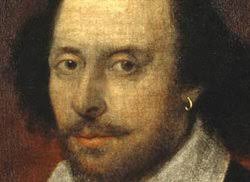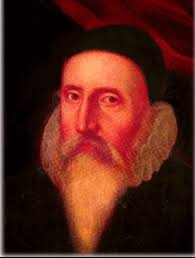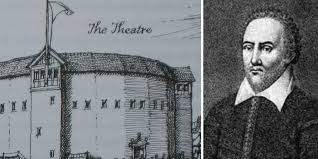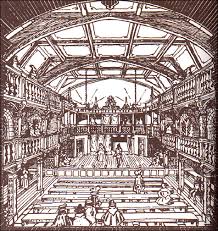Facts About James Burbage
Contents
(1531-1597)
James Burbage was one of the pioneers of British theatrical associations in the 16th century. He was an Elizabethan entrepreneur and carpenter. James was an English actor and an eminent theatre personality of the Renaissance period.
James was a visionary and was much ahead of his times. He along with the help of his partner John Brayne built the very famous “The Theatre” and the “Globe Theatre”. James wanted to popularize theatre and his love and enthusiasm were quite notable in the works of his lifetime.

James Burbage: Early Life and Family
James Burbage was born in 1531 at Stratford-Upon-Avon. However, very little is known about his early life and childhood. James started learning carpentry from a very young age. So, it was quite predictable that he would become a joiner when he grows up, but he instead became an actor.
James started his career as a joiner at the St Stephen’s Church. He was very good in his work and in fact, was one of the finest carpenters of his time. But, fate had other plans for James.
James Burbage’s sons:
James got married to Ellen Brayne on 23rd April 1559. They had two sons Cuthbert and Richard.
Musical Career
James was a person of multiple talents. He was an actor, a performer, and a builder. His passion for acting finally led him to join Leicester’s Men troupe of actors in 1572. His enthusiasm, charm and good looks soon made him the leader of the troupe.
In 1574, James Burbage was awarded the theatrical license and in fact, he was the first English man to achieve such a grant.
James was quite an enthusiast and he had equal prowess both in acting as well as managing theatres. He was business oriented as well and many of his friends and colleagues had also noticed that.
James Burbage: The Theatre Pioneer
James was a visionary and he aspired to build theatres and change the face of late-medieval drama to a more sophisticated and modern Elizabethan Theatre. He was planning to do so since 1572.
Finally, in 1576 James collaborated with his brother-in-law John Brayne who later became his partner and determined to build a permanent stage for the London actors. Dr John Dee, a famous alchemist, and architect of the Elizabethan era assisted James to build a stable and attractive stage that James had dreamt of.

Theatre workers during the early Elizabethan times were not given their due respect and were often considered as vagabonds. Their work was not taken seriously and a lot of regulations were imposed upon them. The work of the theatre building was not easy for James. He had to face a lot of hostility from the Puritans. But, that didn’t stop James to carry on with his dream.
James borrowed 1000 marks from his father-in-law John Brayne and carried on with his work. The land on which the theatre was built was licensed to Giles Allen, a committed puritan. Allen tried several tactics to stop James Burbage to build his dream project. But, finally, in the year 1576, the theatre was complete and was open to the public.
When did James Burbage build the Theatre?
The Theatre, the first stage with modern facilities for the Elizabethan theatre troupes to perform was completed in 1576 and made open for public.
Why is James Burbage important in the Development of Shakespeare’s Form of Theatre?
The theatre had modern Elizabethan architecture. Several props were used as well. There were trapdoors which helped to cause an illusion in the theatre acts. It, therefore, made possible great performances of Shakespeare’s plays.
Burbage’s theatre was the first of its kind and was a landmark in the history of theatre. However, he also had many rivals, the chief of whom was Philip Henslow who built the Rose Theatre.

Work at the Theatre
To cover the cost of production, James and Brayne started to organize plays. Tickets were available at one penny or three and gradually they were able to cover the costs.
Several performances including Shakespeare’s plays like “Love’s Labour Lost” and “Much Ado About Nothing” took place in the theatre. A lot of special effects like smoke and real firing of canons, fireworks and flying entrances were used. Unfortunately, Elizabethan theatres were not able to draw that much of real crowd and often were places for undesirable activities.
Blackfriars Theatre
In 1596, James bought the Blackfriars indoor playhouse originally established for Chapel Royal and converted it into his own Blackfriars Theatre. It was the perfect place where he showcased the performances by the very famous theatrical group “Lord Chamberlain’s Men”, in 1609, another famous troupe the “King’s Men” took over the stage and started performing there.

James Burbage Death
James Burbage died in the year 1597. He was buried in 2nd February 1997 at St Leonard’s Church in London. Upon his death, his theatre works were taken over by his sons Cuthbert and Richard Burbage. The lease of “The Theatre” also expired after his death and Giles Allen refused to renew the lease.
So, one night in dramatic event Burbage’s sons along with William Shakespeare went ahead and demolished the theatre. They used the resources and went on to build their next venture the “Globe Theatre”, which became one of the most renowned theatres in the world.

